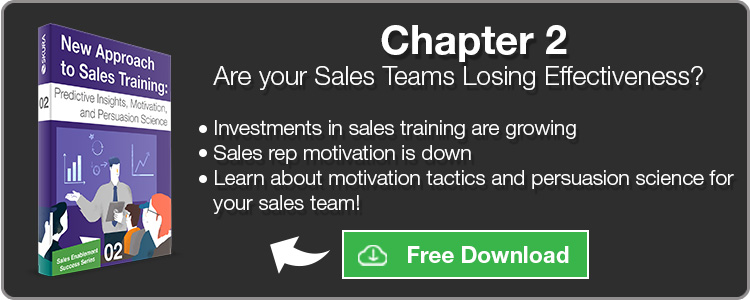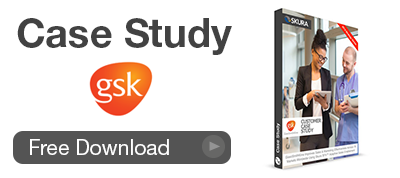The life science industry is undergoing a major transformation. Technology, regulations, competition, demographics, and behaviours across the value chain are all affecting the industry.
The challenge with these shifts is that they alter the way pharmaceutical sales reps (PSRs) interact with, and add value to the life science industry.
Today’s article will explore the continued decline in access to HCPs – the first of many impactful trends that are poised to shift pharma sales and marketing in the next 5 years.
Trends Impacting Health Care Providers
This series will explore three major trends impacting interactions with healthcare professionals (HCP).
- Physician access is declining (this post)
- Physicians are less trusting (future post, linked here)
- Slow changes in regulatory compliance for desired communications (future post, linked here)
Access to Physicians is Declining
Pharma sales reps (PSR) are all too familiar with the challenge of trying to find time to schedule and meet with physicians. Many are adopting iPads and mobile customer engagement with presentation software to enhance the in-person visit, but even with new technologies, access continues to decline.

(Image Source: ZS Associates, 2015)
In 2008, nearly 80% of HCPs were considered ‘accessible’.
In 2015 that number dropped to 47% - meaning that fewer than half of all HCPs are accessible for a sales presentation.
- 2014 – 51% accessible;
- 2013 – 55% accessible.
The decline has been steady, but the reality of inaccessible HCPs means PSRs need to adjust their approach in order to add value.
In fact, even the most accessible fields of healthcare are now almost completely locked down from PSR engagement. Only 4 fields of healthcare remain as accessible as they were in 2008 (Source: ZS Associates, 2015).
As explained by Pratap Khedkar, Managing Principal for Pharmaceuticals and Biotech at ZS Associates,
“If you’re lucky enough to be in an accessible market or speciality, don’t expect that will last. All the survey data points in the same direction, downward, and five years from now, you’ll be in trouble.”

(Image Source: ZS Associates, 2015)
The decline is quite pronounced depending on the region, with some cities seeing a double-digit decline in physician accessibility in just one year!

(Image Source: ZS Associates, 2015)
Pratap explains that the ability to understand how doctors want to receive content – in which communication channels and formats, and how frequently – will become critical for the future (Source: ZS Associates, 2015).
CLICK HERE to read our article about the types of content desired by HCPs.
Industry consolidation is partly to blame,
Although a ‘lack of time’ is cited as the core reason for this shift, other forces are contributing to the decline in accessibility. Industry consolidation is centralizing the purchasing for many HCPs.
As a result of this, many HCPs are turning into ‘employees’ that must abide by institutional policies with less and less autonomy (Source: ZS Associates, 2015).
But as we’ve seen in our last article, many PSRs are still engaging HCPs through undesirable formats.
Ineffective interactions are a primary culprit,
As of 2014, 51% of the HCP community are digital natives (Source: PM Live, 2014), and many of their interactions and engagement opportunities are online - through digital channels.
The life science industry is stuck on using an in-person detailing approach, and feel that this channel is the most significant for communication, where HCPs felt that this channel has ‘no’ or ‘limited’ value (Source: PharmaPhorum, 2015).
How to Improve Engagement and Accessibility to HCPs
83% of US doctors have a mobile device, and 62% of US doctors have stated that they are likely to abandon a website that isn’t optimized for mobile (Source: CombinedMedia, 2014).
In 2014, only 35% of pharma sites were mobile optimized (Source: CombinedMedia, 2014). Mobile optimization remains a challenge for more than half of all pharma content.
One answer is to adopt a digital sales engagement approach that provides HCPs with the interaction format they desire.
For this to happen, PSRs need a mobile digital engagement platform that makes all content accessible, and enables digital interactions through any device.
Pharma sales enablement is a sales stack technology that allows the PSR to engage in digital and in-person detailing from one single device. Global healthcare industry vendors like GSK have already invested in digital sales aids like SKURA’s pharma sales enablement technology. Leading to significant improvements in detailing time per HCP, and outcomes from digital sales presentations.
Access the case study below for more.
More Trends about HCP Engagement
In our next post we’ll explore the reasons behind HCPs distrust of the healthcare industry, and the regulatory challenges facing PSRs trying to use new and innovative engagement formats like Social Media.
Subscribe to our mailing list for an instant notification when new articles are released.
If you’re experiencing challenges with accessing HCPs and need a solution, request a demo below and let our sales specialists show you just how easy the digital transformation can be.














